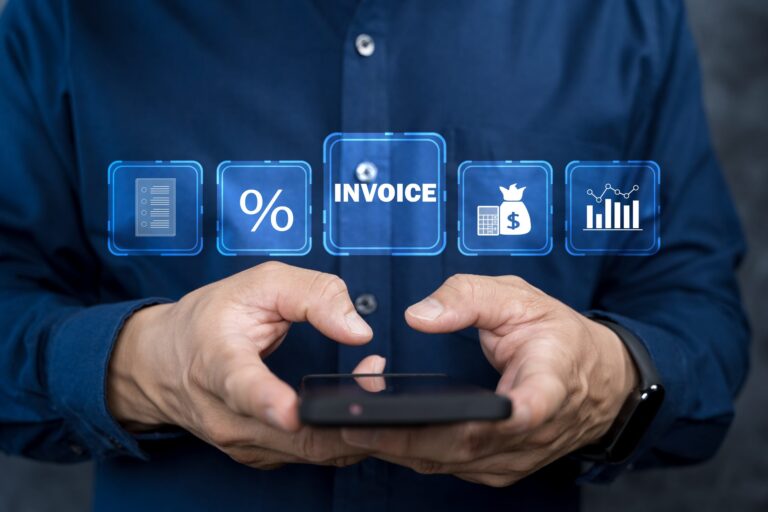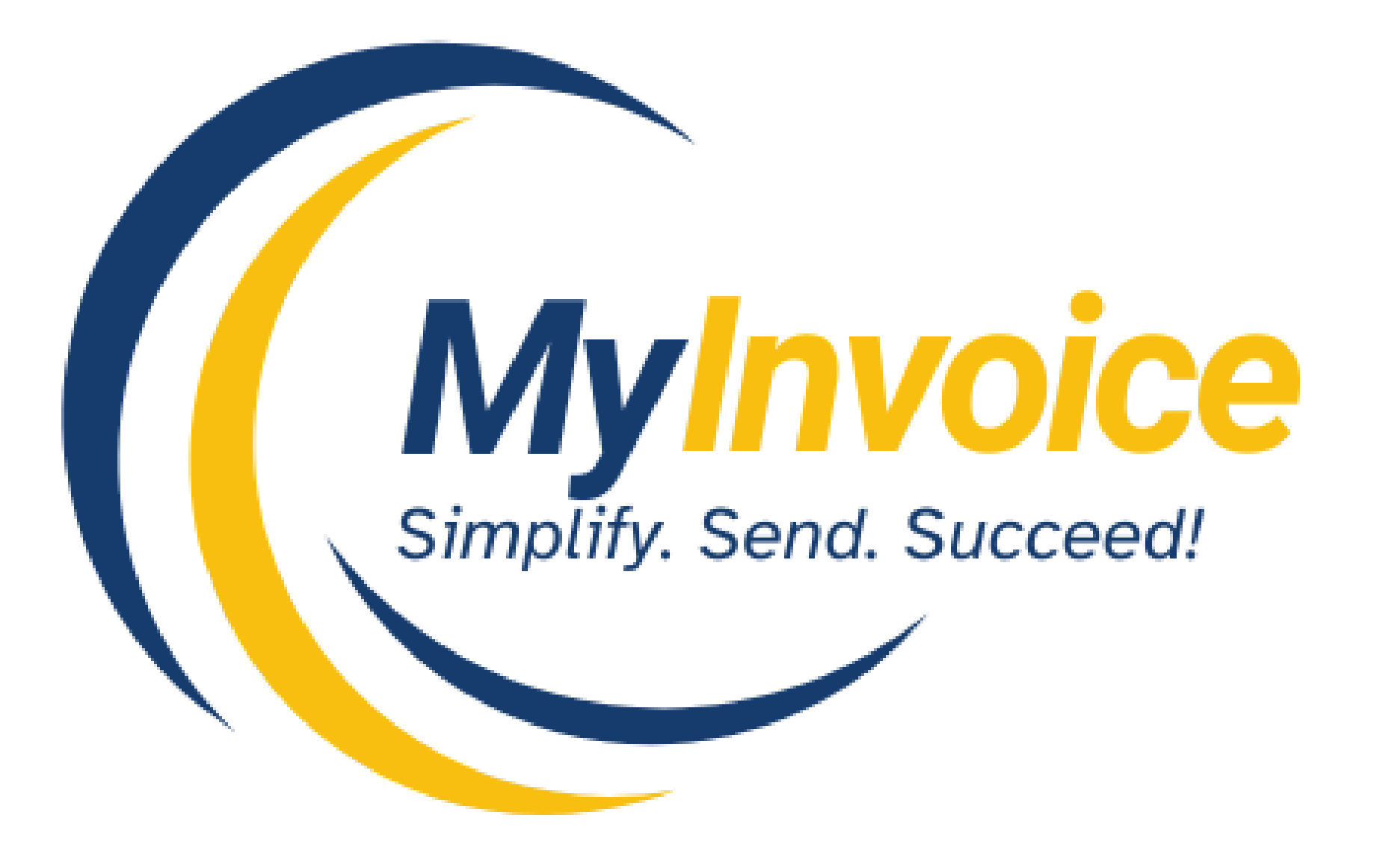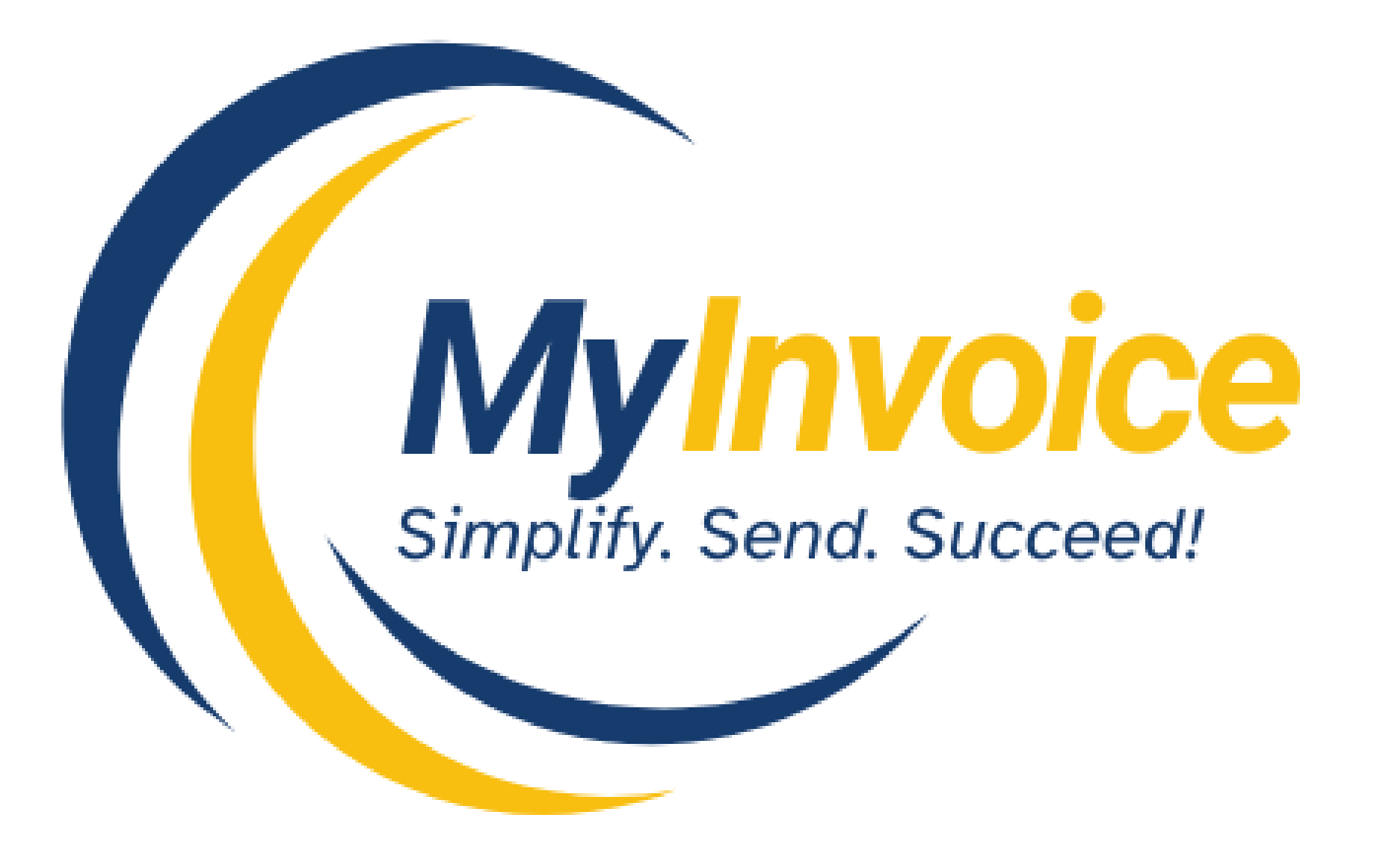Learn everything you need to know about invoice creation, sending, and tracking invoices. Streamline your small business invoicing and get paid faster!

Running a small business means paying close attention to every detail, including the business invoicing. In this guide we’ll cover everything you need to know about invoice creation, sending, and tracking invoices. You’ll also learn how to use invoice management strategies to improve cash flow and enhance professionalism.
Whether you’re just starting out or looking to improve your invoicing process, this guide covers best practices to help you get paid faster, avoid common mistakes, and support business growth. You’ll learn how to set clear payment terms, choose the right invoicing software, and create effective templates for smoother workflows.
Key Takeaways:
- Invoicing is a critical part of business operations, impacting cash flow and financial health.
- Choosing the right invoicing software can streamline processes and reduce errors.
- Avoiding common mistakes like unclear payment terms helps prevent delays.
- Simple changes to your workflow can significantly improve invoicing efficiency.
Best Practices for Invoice Numbering
Invoice numbering is a mandatory invoice field. They should be assigned in sequence, with the number of each new invoice increasing. An invoice number sequence should never include repeats or gaps.
Essential Components of a Professional Invoice
A professional invoice should have:
- Business name, address, and business logo
- Client contact details
- Invoice numbering and issue/due dates
- Itemized list of services/products with pricing
- Payment terms and accepted methods
Method
Sequential
Chronological
Alphanumeric
Project-Based
Pros
Simple and easy to track
Reflects invoice dates
Can include client codes for clarity
Useful for tracking by project
Cons
Doesn’t indicate dates or client details
More complex to organize
Can be lengthy and harder to automate
Requires consistent format across projects
Example
INV-001, INV-002
INV-ACME-2024-001
INV-20240401-001
PROJ123-INV-001
Before goods/services are provided.
- Invoices serve as a record of services rendered or products sold and specify payment terms. They help businesses track revenue and outstanding payments.
- Receipts confirm that a transaction has been completed and serve as proof of payment for both parties.
- Bills are typically used in retail or hospitality industries, where customers are expected to pay immediately after receiving goods or services.
Properly distinguishing between these documents ensures better invoice management and financial organization.
Source Credited: https://tofu.com/blog/guide-to-invoicing-for-small-businesses




